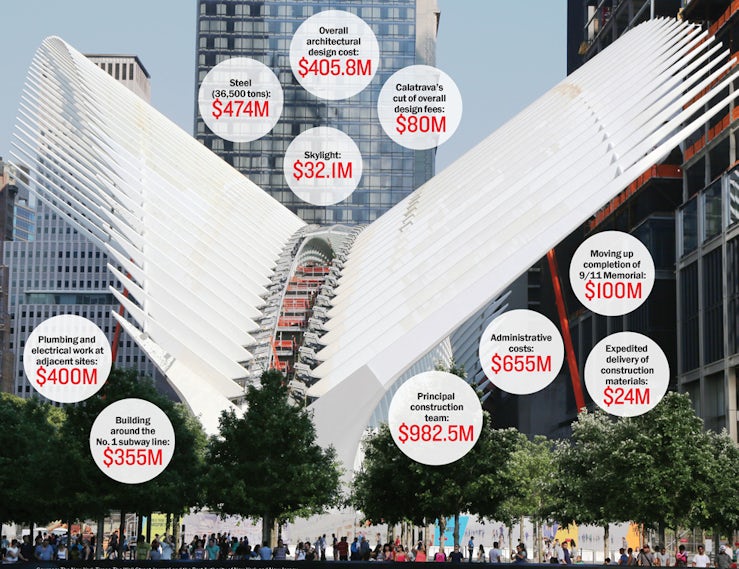“In his own designing, Lee is the enemy of decoration, of effects, of anything that detracts or distracts from the drama,” Mel Gussow wrote of Ming Cho Lee in American Theatre magazine. “The idea that theatergoers might actually applaud a set offends his scenic sensibility.” Yet, one could hardly ignore the striking stage designs Lee has created for productions ranging from New York City’s open-air Shakespeare in the Park to Metropolitan Opera performances. While it’s impossible to experience these sets firsthand today, a new exhibition brings us pretty close.


“Stage Design by Ming Cho Lee,” originally shown at Yale’s School of Architecture, opened last week at the Maya Lin–designed Museum of Chinese in America (MOCA) in New York City, affording a wider audience glimpses into the 60-year-long career of one of the most influential set designers in the US. Lee, a professor at the Yale School of Drama, has trained many of today’s stage designers and won accolades including the National Medal of Arts in 2002 and a Lifetime Achievement Tony Award in 2013.


This retrospective displays more than 50 original maquettes, anywhere between 1/8-inch- and ¼-inch-scale, all of which depict every minute detail down to placement of the principals and each venue’s seating and stage lights. The styles transition from neo-expressionism in Lee’s early career to super-realism in his later years.


Many are architectural in nature, while some hint at Lee’s training as a landscape painter before immigrating to the US. What they all share is certain, intentional lack of decoration. “He does not like excessive or useless scenery that makes its own architectural statement and does not complement the play,” wrote Gussow.


At the opening of the MOCA show last week, Lee spoke of his retirement from actual stage design. But, as he continues to teach at Yale, he inspires and educates younger designers, and they, reciprocally, enrich his design mind. He has stated, “Teaching allows me to be in constant contact with the younger generation of theater artists, to become immersed in their thoughts, their frustrations, their needs and aspirations, and hopefully this keeps me from isolation and from doing the same thing over and over.”















